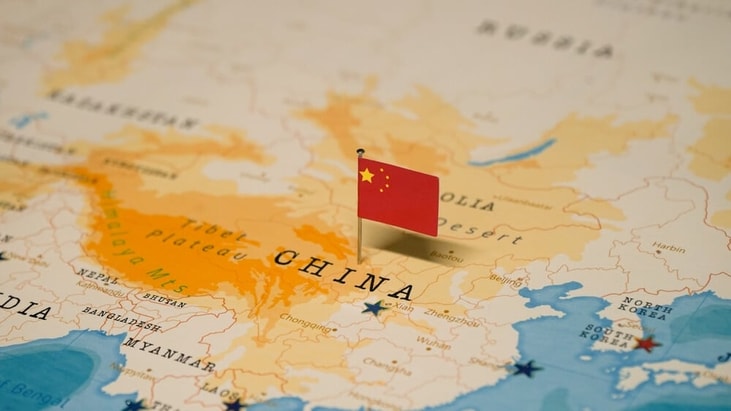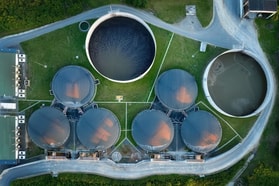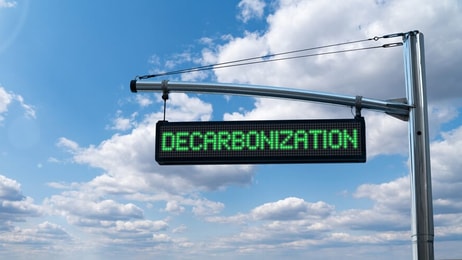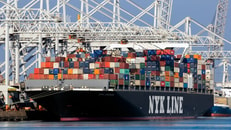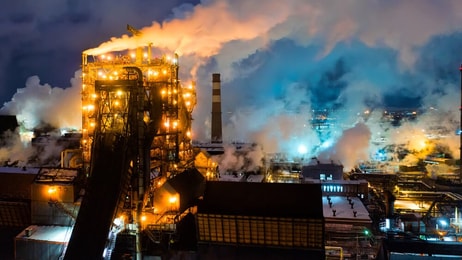China launches first offshore CCUS project
China has started operating its first offshore carbon capture, utilisation and storage project at the Enping 15-1 oil platform in the Pearl River Mouth Basin in the northern part of the South China Sea.
Located around 200km southwest of Shenzhen, the project captures carbon dioxide generated during oil production, compresses it into a supercritical state, and injects it into subsurface oil reservoirs for long-term storage.
Once compressed into a supercritical state, the CO2 behaves more like a liquid than a gas, allowing for higher density and storage capacity in underground reservoirs. This state also enables easier penetration into pore spaces and improved mixing with crude oil, enhancing oil recovery, which the project is designed to support.
... to continue reading you must be subscribed

